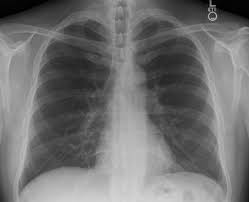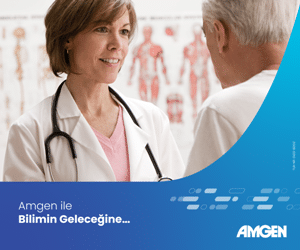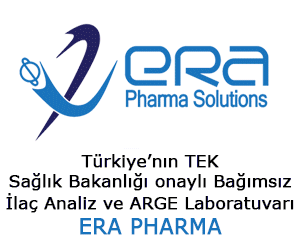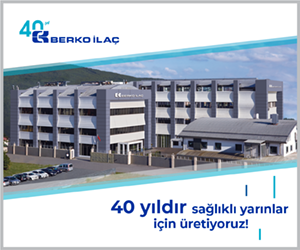Dört yıllık bir çalışma ile astımlı akciğer dokusunda metalotiyonein-2 (MT-2) proteininin hava yolu düz kas hücrelerini rahatlattığını ve hava yollarını açtığını ve astım hastalarının nefes almasını sağladığını tespit ettiler. Araştırmacılar, MT-2’nin astımlı akciğer dokusunda yüzde 50’nin altına düştüğünü de keşfetti.
Ayrıca, MT-2 proteini olmayan farelerin astıma iki kat daha duyarlı olduklarını buldular.
MT-2 proteininden geliştirilen TSG12 tedavisi;
solunum yolu düz kas hücrelerini rahatlattı,
pulmoner solunum yollarını genişletti,
pulmoner direnci azalttı….
More effective asthma drug could reshape treatment
A new treatment could lead to more effective drug therapy for millions of individuals with asthma and other respiratory disorders, including chronic obstruction pulmonary disease (COPD).
“We hope this will give patients a better option.”
In a study published in Science Translational Medicine, Luis Ulloa, an immunologist at Rutgers New Jersey Medical School and lead study author, says he and collaborators from Shanghai University in China examined more than 6,000 compounds and identified a drug (TSG12) that relaxes the muscles and opens the airways in asthma.
This drug treatment, which is not toxic in human cells, prevents pulmonary resistance in egg-and dust mite-induced asthma. The next step would be clinical trials, he says.
“It is not a cure, but I think this treatment will give people a lot of hope,” says Ulloa. “There are a growing number of patients with no alternative because the current treatments either have critical side effects or aren’t working. We hope this will give patients a better option.”
Asthma is a common, chronic respiratory disease that affects over 300 million people worldwide and over 40 million people in the United States. Another 11 million people suffer with COPD. Those with asthma and other respiratory illnesses have recurrent episodes of wheezing, chest tightness, pulmonary obstruction, and severe respiratory problems.
The four-year study found that the metallothionein-2 (MT-2) protein in asthmatic lung tissue relaxes airway smooth muscle cells and opens the airways, allowing asthma patients to breath. Researchers discovered that MT-2 was over 50 percent lower in asthmatic lung tissue. They also found that mice without the MT-2 protein were two-times more susceptible to asthma and that treating them with MT-2 improved breathing difficulties related to asthma.
Ulloa and his collaborators identified the MT-2 protein connection in asthmatic lung tissue after transmitting short electrical pulses into mice through electroacupuncture needles. It enabled them to identify the specific drug (TSG12) that they believe provides better therapeutic treatments for asthma and other respiratory disorders.
The TSG12 treatment, developed from the MT-2 protein, relaxed the airway smooth muscle cells, expanded the pulmonary airways, reduced pulmonary resistance, and was more effective than current FDA-approved treatments, including bronchodilator inhalers used by almost all people with asthma.
While treating asthma and respiratory conditions like COPD with a bronchodilator to relax and enlarge the airways in the lungs, which makes breathing easier, is a promising therapeutic strategy, Ulloa says scientists have not been certain why and how it works.
Ulloa says the problem with the current drugs on the market is that they have critical side effects, depress the immune system, and increase the risk of secondary infections. In addition, he says, they do not provide adequate relief for about one-third of those suffering with asthma and overtime patients become unresponsive with persistent uncontrolled symptoms.
“We found that the TSG12 used in the study is both non-toxic and more effective in reducing pulmonary resistance and could be a promising therapeutic approach for treating asthma without losing their effectiveness overtime.”
Source: Brown University




















